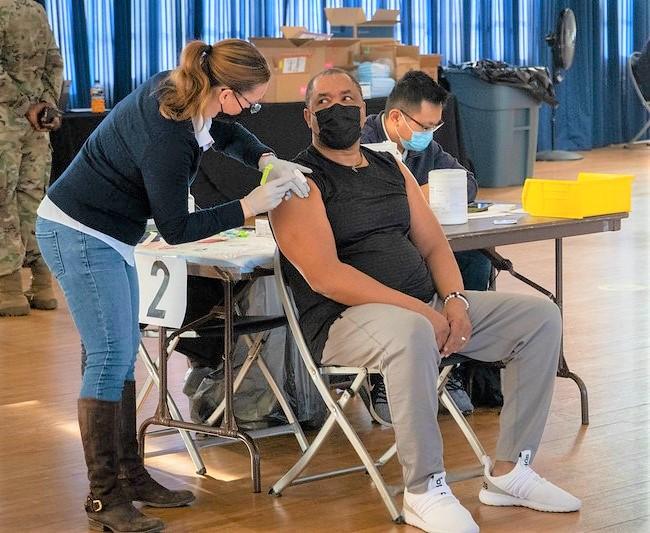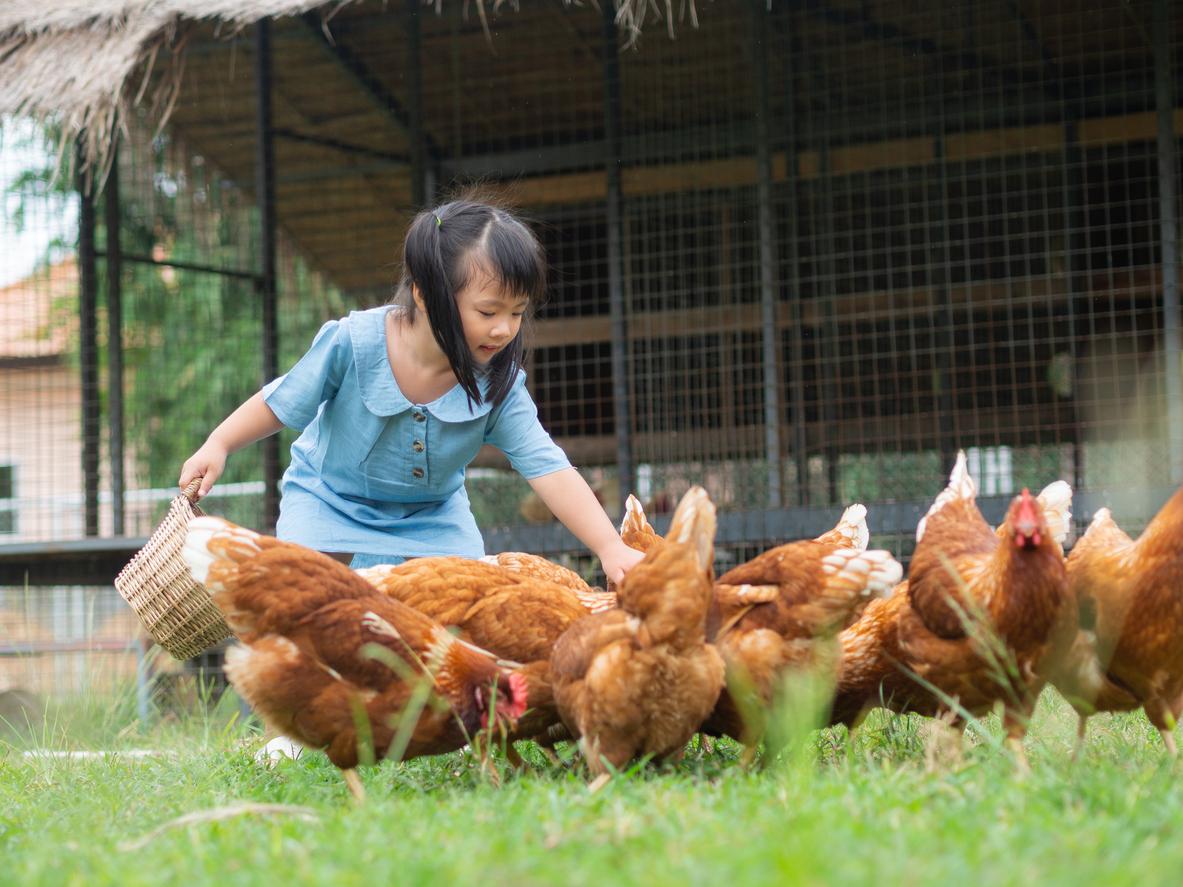
Uptake of the seasonal influenza vaccine has held mostly steady in recent years, but Black and Hispanic adults have seen more uptake, according to an analysis published earlier this month in JAMA Network Open.
The study is based on responses to the 2019 and 2022 Medicare Consumer Assessment of Healthcare Providers and Systems surveys, which were used to create a weighted sample of 285,265 community-dwelling Medicare Advantage and Medicare Fee-for-Service enrollees aged 65 years or older.
More than half, 54.5%, of respondents were women. Two-thirds, 76.2%, were White; 8.0% were Black; 6.9% were Hispanic; and 4.2% were Asian, Native Hawaiian, or other Pacific Islander.
Rural White adults see drop
Overall, between 2019 and 2022, overall influenza vaccination rates for older adults increased 0.7 percentage points (95% confidence interval [CI], 0.2 to 1.1), from 76.3% to 77.0%, the authors said. For White and Asian adults, percentages remained unchanged, but Black and Hispanic adults, especially those living in rural communities, saw a significant increase in uptake.
Black adults with seasonal flu shots increased 7.0 percentage points (95% CI, 0.3 to 13.8) and Hispanic adults by 8.2 percentage points (95% CI, 0.8 to 15.5). In sharp contrast, White adults in rural areas saw uptake drop by 2 percentage points over the study period.
Determining the reasons for these divergent changes is a high priority for future studies.
“Determining the reasons for these divergent changes is a high priority for future studies,” the authors concluded. “However, these descriptive findings are important to policymakers as they make decisions about how to invest in interventions that could influence influenza vaccination rates for populations with lower rates of uptake.”














